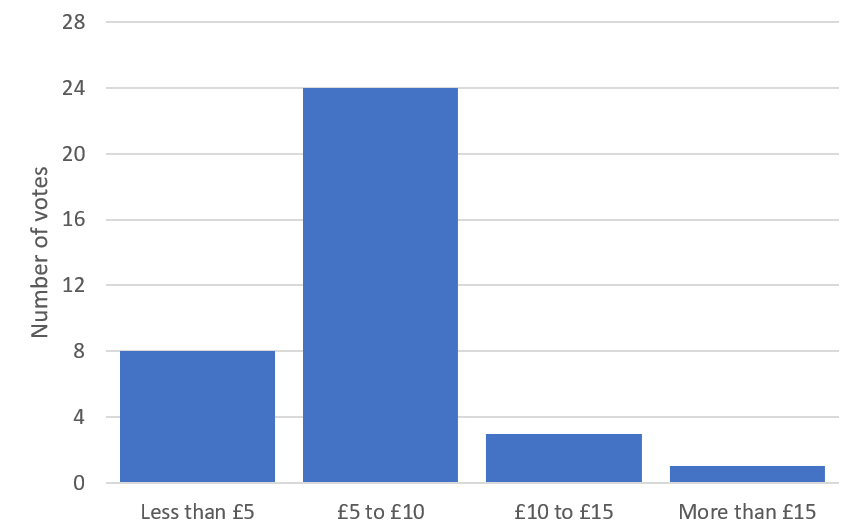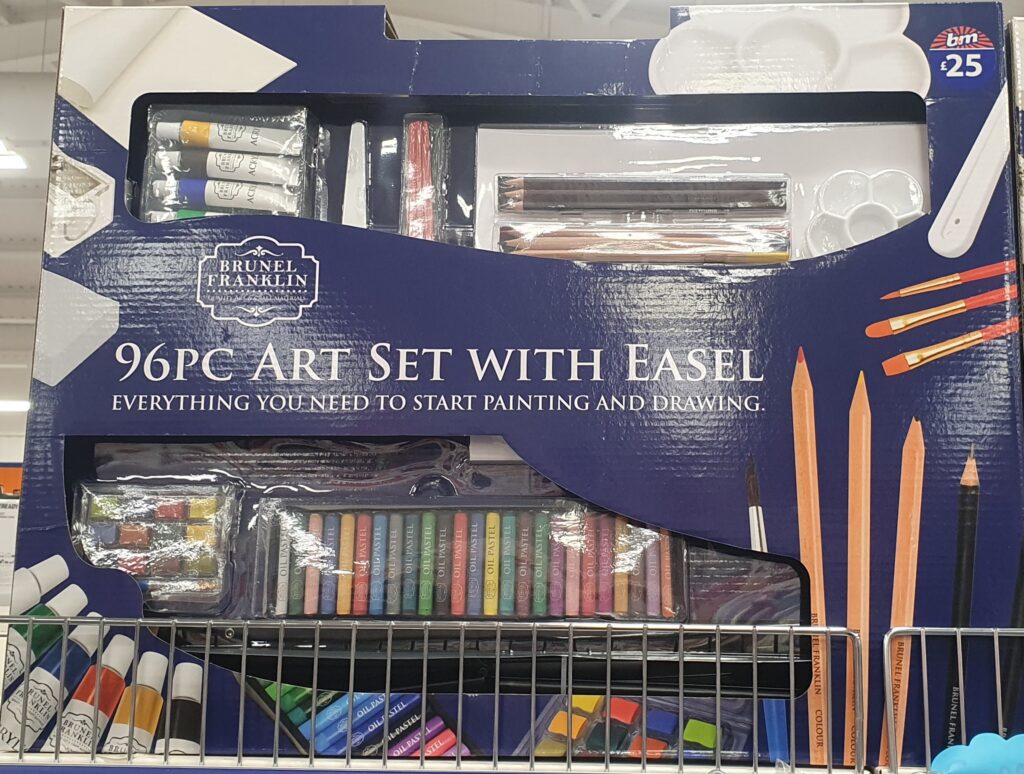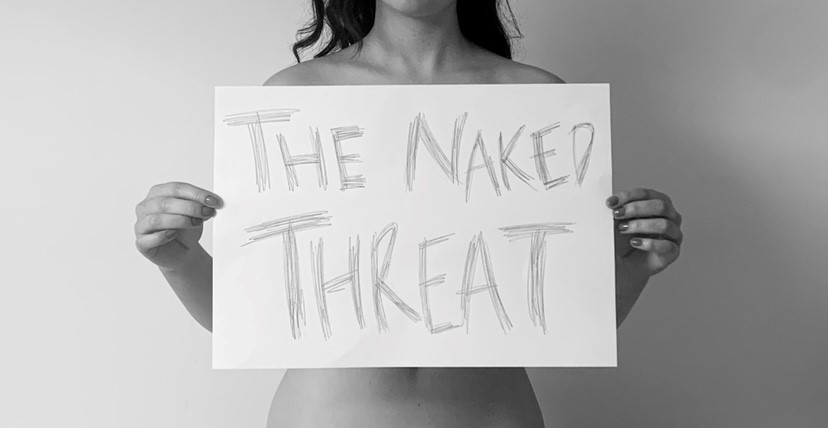Jack Trethewey
As I meander my way towards the end of term, the harrowing thought of January exams, and of course my old nemesis… revision is looming.
To prepare, I like to keep myself armed with an array of revision cards, notepads, highlighters, pens and pencils. In previous years, I’ve assigned the sum total of a tenner to this and have usually walked out of the stationery shop with enough change for at least one apple-sourz shot from the Student Union.
This year has been different.
In my usual pre-assessment panic, I rushed to my nearest WH Smith and picked out four simple necessities for any student; a reporter’s notepad, some flashcards, a highlighter and a pot of chewing gum – crucial items to see me through my upcoming exams. I expected this to cost me my usual tenner, but I did plan for slightly less change this time, as a nod to the financial stress arising from the insane events that defined 2022. Events including the Ukraine war, the departure of two disgraced UK prime ministers, the cost-of-living crisis and eye-watering inflation levels.

When I went to the checkout, the bill flashed up on the till and my mouth dropped. For a pot of gum, a pen and some glorified paper, WH Smith felt it appropriate to charge me £17. I would expect to fork out £17 on a gourmet steak meal, or a hungover Deliveroo kebab, or possibly half a week’s shopping. Perhaps there’s something I’m missing. Maybe I didn’t read the fine print. Are these flashcards lined with gold? Does the highlighter write my essays for me? Could it be I bought Willy Wonka’s three-course dinner gum by mistake?
Sheffield Wire conducted a Twitter poll, and 36 participants told us much they would be willing to pay for the four items I felt I had been robbed for.

As the graph shows, a vast majority of people are not willing to pay more than £10 for a highlighter, some flashcards, a pack of gum and a notepad demonstrating just how out-of-touch WH Smith is with people’s expectations.
You’re probably now thinking: “Get a grip Jack. Stationery’s expensive now, like everything else. So what?” Usually, I would agree with you, take the financial hit on the chin and get on with my life. But there is one small problem that sticks in my mind, something that troubles me. Inflation, as of 25 November, is currently a smidge over 11%, the highest rate since October 1981. Any person with a basic aptitude for maths will realise this doesn’t match the eye-watering stationery prices of WH Smith compared with previous years and other competing stores. So, the question that remains is simply, what’s going on?
With such a disconnect between WH Smith’s prices the public’s expectations, students around the University of Sheffield’s campus were asked where they actually bought their stationery from.
Despite WH Smith’s prices, it would appear students are still willing to shop there, prioritising ease and efficiency over cost. Is it this distinction of priorities that has allowed WH Smith to charge significantly higher costs than its competitors? Perhaps students are perfectly aware of the large costs and have accepted the financial hit, choosing instead to focus on exam success.
I took a visit to competing stationery shops out of town to find out how much they would charge for the equivalent 4-piece bundle. A trip to Poundland found that a near-identical bundle could be bought for £7.50. If you were willing to part with £11.80 at The Range, you could bag yourself three notepads, a pack of four highlighters, equivalent revision cards and a 64-piece pack of gum. B&M did not have the four items for sale. However, to gain a sense of perspective, a 96-piece art set cost £25, 100 premium felt tip pens were just £6 and for a mere £1.99, shoppers could get a 30 pack of jumbo crayons.

Despite this desire for ease and efficiency, students are still feeling the squeeze from rising prices, whether it be food, transport or even housing bills. Budgeting to survive term time is harder than ever, with many students sacrificing their spare time by taking on part time jobs to cover costs. What hope can students have for exam success when outlets such as WH Smith are making getting hold of the simplest of items financially problematic? 2022 will mark the first year for me where I’ve had to think carefully about whether I can afford flashcards and pens.
For the price setters at WH Smith, my question to you is this: Can you honestly say you have changed your prices proportionality to match the pace of inflation, or are you attempting to profiteer from a dire situation?
A report published by Reuters in April 2022 showed that the retail giant had seen a 7% dip in share prices whilst also citing an increase in shipping costs leading to higher retail price tags. However, sales revenue in its travel hubs (where WH Smiths are often the sole stationery competitor) are at 114% of pre-pandemic levels. Is there evidence to suggest that WH Smith are taking advantage of limited competition? Do shoppers spend more at WH Smith purely because they have no other choice? Surely if the chain’s high prices were mainly influenced by rising shipping costs, then other competitors would be affected, having to match WH Smith on their pricing.
The cost changes in stationery may not seem significant to most, but with prices rising left, right and centre, students can’t afford to worry about the fundamental necessities that are needed for education. Furthermore, no respectable student should have to choose between a nice pint or a new pencil, we all know which option will win.
We contacted WH Smith for a comment, but never heard back, before this piece was published.
All prices and inflation rates are correct as of 25 November 2022.




